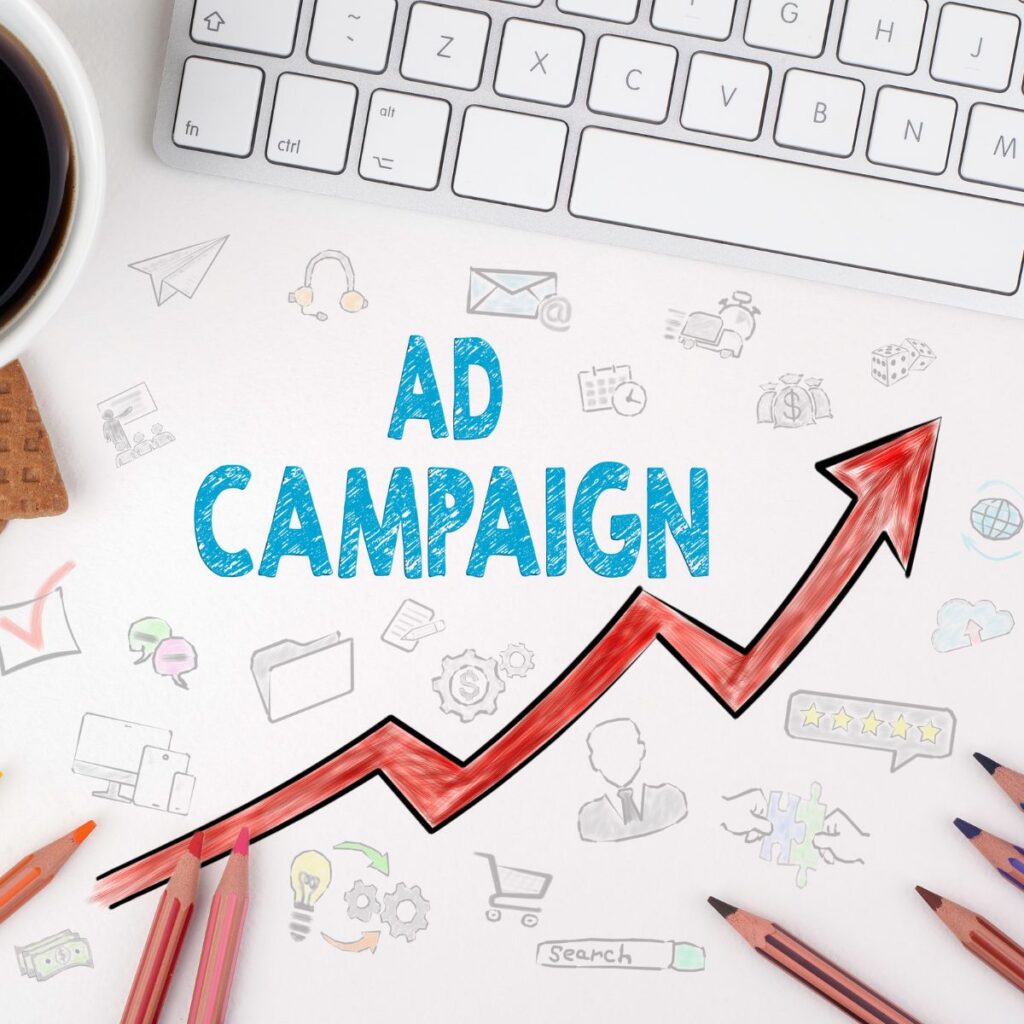Fluctuations in clicks when using Google Ads can result from various factors, which can be broadly categorized into changes in the competitive landscape, variations in user behavior, technical issues, and changes in the ad campaign itself. Here are some detailed reasons for these fluctuations:
Competitive Landscape
1. Competitor Activity: If competitors increase their bids or improve their ad quality, your ads may receive fewer impressions and clicks.
2. New Entrants: The entry of new advertisers into the market can increase competition for keywords, affecting your click volume.
3. Seasonality: Competitors often ramp up their advertising efforts during certain seasons or events (e.g., holidays, sales periods), which can affect your ad performance.
User Behavior
1. Search Trends: Changes in what users are searching for can impact the number of clicks your ads receive. Trends, news, and current events can significantly alter search volumes.
2. Consumer Preferences: Shifts in consumer interest and preferences can lead to fluctuations. For instance, a sudden interest in a new technology can reduce clicks on ads for older technologies.
3. Economic Factors: Economic conditions can influence consumer behavior. For example, during economic downturns, users might click on ads related to cost-saving or essential goods more frequently.
Ad Campaign Factors
1. Budget Changes: Increasing or decreasing your daily budget can directly impact the number of clicks your ads receive.
2. Ad Scheduling: Modifying the times when your ads are shown can affect click volume. Ads shown during peak hours may receive more clicks.
3. Bid Adjustments: Changes to keyword bids can impact ad positions, influencing the number of clicks.
4. Ad Copy and Design: Alterations in ad copy, headlines, or creative elements can significantly affect click-through rates (CTR).
Technical Issues
1. Ad Disapprovals: If an ad or keyword gets disapproved, it can lead to a sudden drop in clicks until the issue is resolved.
2. Website Issues: Problems with your landing page, such as slow load times or errors, can lead to a reduction in clicks as users may abandon their search.
3. Tracking Problems: Issues with tracking codes or analytics can cause discrepancies in reported clicks, making it seem like there are fluctuations when there might not be.
External Influences
1. Algorithm Changes: Updates to Google’s search algorithms or changes in how ads are displayed can impact click volumes.
2. Policy Changes: Updates to Google Ads policies can affect how ads are served and clicked.
3. Global Events: Events such as natural disasters, political events, or global health crises can lead to sudden changes in user behavior, impacting click volumes.
Optimizing for Stability
To manage and mitigate these fluctuations, it’s essential to:
– Regularly monitor and analyze your campaigns.
– Stay informed about industry trends and competitor activities.
– Adjust your strategy based on data and performance metrics.
– Ensure your website and tracking systems are functioning correctly.
– Test different ad copies and bidding strategies to find the most stable and effective approach.
By understanding and addressing these factors, advertisers can better manage fluctuations and optimize their Google Ads campaigns for more consistent performance.

